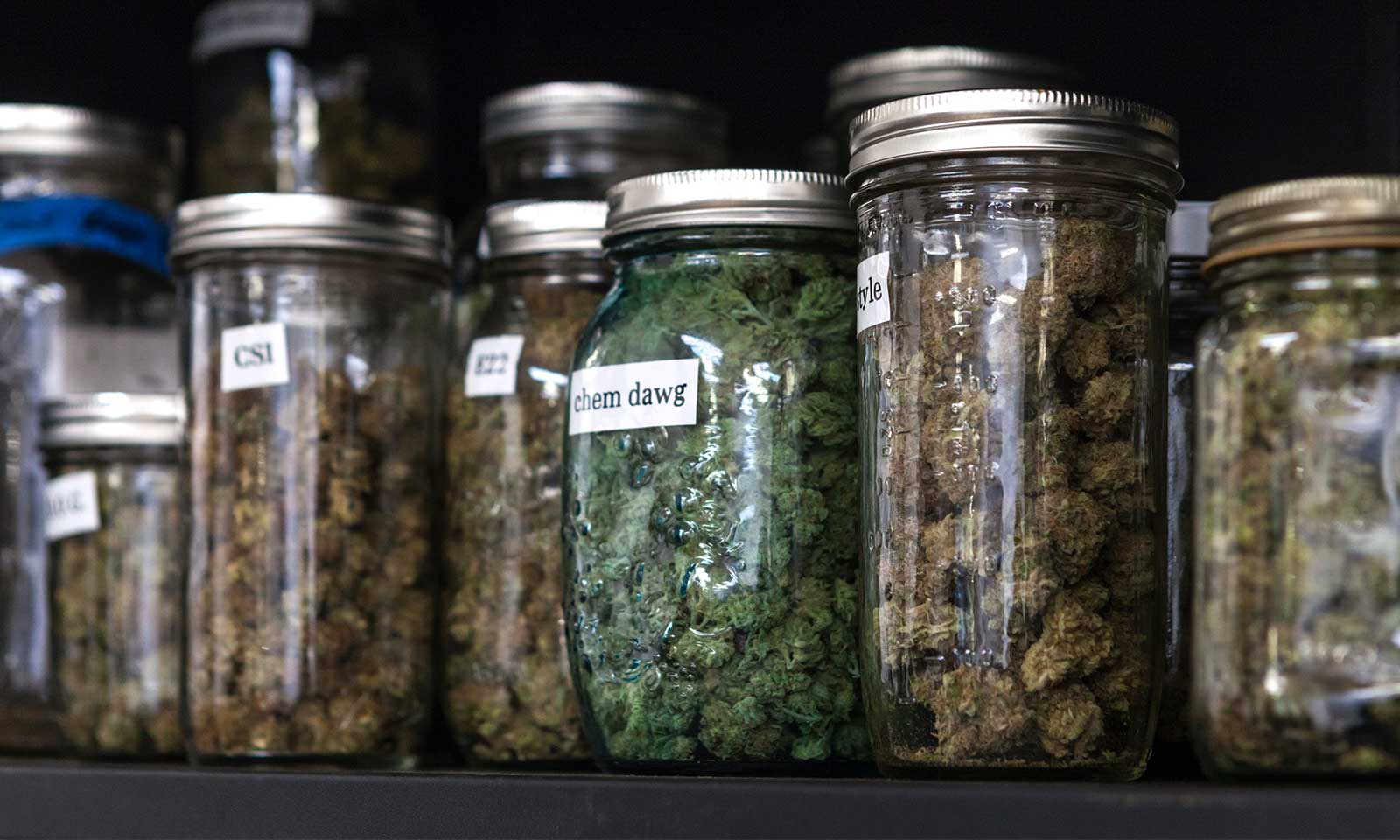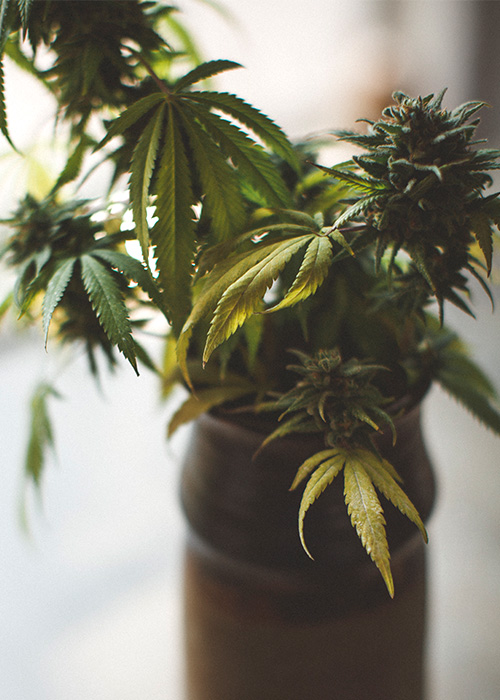3 Cannabis Trends to Watch in 2020

Lightning-fast. High-speed. Breakneck.
This is how quick the modern cannabis experience is changing — and nobody knows this better than the consumers who are witnessing this rapid growth firsthand. From dispensary shelves filled with products you’ve never seen before to the increasingly serious push for legal cannabis nationwide, to cannabis consumption lounges opening up in a few lucky locations, we are living through the cannabis renaissance. And yet, more expansive change is still on the horizon.
It’s impossible to predict some of the specific changes we’ll see in 2020 — especially considering everything that will happen in this landmark year, from a first-of-its-kind presidential election season to the FDA’s monolithic task of regulating CBD for human consumption.
That said, I feel confident in anticipating other 2020 trends because cannabis is growing into its commodity crop designation and, increasingly, the marijuana industry is beginning to mimic more traditional industries as normalization and commercialization continue to take root. Here’s what to expect in the new year.
1) An Even Stronger Emphasis on Quality & Accountability
Legal cannabis products started with a relatively low bar: grow marijuana flower or develop an infused product that meets the state’s exacting standards, and then sell it to the masses, who were thrilled to purchase any THC-containing product in a legal store.
And much of these first-generation products were just that: a starting point, with safe and efficacious products that did the job.
But in 2020, we’ll see a drastic increase in product quality and accountability.
Our source material is already getting consistently better, with cannabis growers recognizing the need to cultivate better flower to differentiate their gardens from competitors’ grows. We see this happening with the flower brands and small-batch cultivators who are selling their products at a premium, and we’ll surely see lots more of this in 2020.
Edibles and topicals will also follow suit, with brands starting to invest in better, healthier, more sustainable and increasingly luxurious ingredients, from cacao in edibles to cocoa butter in topicals. And of course, particularly after the vaping illness incidents in 2019, the fast-growing concentrates and extracts categories will also see an elevation in product quality in their never-ending quest for purity, tasty terpenes and efficacious formulations.

2) More Changes at the Federal Level
Many marijuana aficionados don’t feel the sting of federal cannabis policy in their day-to-day lives. Sure, weed remains federally illegal, but state-legal cannabis is currently available to a clear majority of Americans.
Even so, all consumers shopping in regulated markets feel the pinch of federal illegality — even if they aren’t aware of it.
Every plant-touching business in the U.S., including dispensaries, cultivation facilities and manufacturers, pays a premium on almost everything it does. Real estate is often more expensive, because of restrictive zoning requirements and lingering stigma. Effective tax rates are off the charts, because of IRS tax code 280E. And nearly everything involving capital is more difficult (read: expensive) because of these licensed businesses’ inability to access traditional banking services.
But some of this will change in 2020, and this will affect consumers.
The U.S. Congress has taken its sweet time in passing legislation that would allow cannabis businesses to operate like literally any other business. But political insiders and high-ranking financial stakeholders are showing signs that real change is on the way — and we can assume that once cannabis businesses are taxed and banked like any other company, some of those savings will get passed down to the end consumer.
3) An Explosion of Cannabis Tech Innovation
The collision of cannabis and technology has only just begun.
Already we’ve seen some impressive innovation in the canna-tech space. We’ve also seen some snake oil tech that fails to deliver on its promises.
But we will see more canna-tech innovation in 2020 than the last five years combined — because of the market’s confidence, because of the availability of capital, because of the dwindling stigma and because we the consumers are demanding more from our cannabis experiences.
And this revolution of innovation won’t be limited to the kind of technology we most often think of, though we’ll also see plenty of game-changing extraction machinery and vaporizing devices. Think about the technology of traditional agriculture and its potential impact on marijuana breeding and farming programs. And what about the technology of humidity control and decontamination and what this could mean for an industry that is starting to consider shipping large amounts of legal cannabis around the world?
And what about the new delivery methods that have yet to be created? Yes, medical technologies such as sublinguals and suppositories are scientifically proven methods of administration. And yes, while dabbing once seemed intensely taboo, well-designed technology has replaced the butane torch, and now it all seems so normal.
2020 is just beginning and I can’t wait to see where the new year takes us.
420 Intel is Your Source for Marijuana News
420 Intel Canada is your leading news source for the Canadian cannabis industry. Get the latest updates on Canadian cannabis stocks and developments on how Canada continues to be a major player in the worldwide recreational and medical cannabis industry.
420 Intel Canada is the Canadian Industry news outlet that will keep you updated on how these Canadian developments in recreational and medical marijuana will impact the country and the world. Our commitment is to bring you the most important cannabis news stories from across Canada every day of the week.
Marijuana industry news is a constant endeavor with new developments each day. For marijuana news across the True North, 420 Intel Canada promises to bring you quality, Canadian, cannabis industry news.
You can get 420 Intel news delivered directly to your inbox by signing up for our daily marijuana news, ensuring you’re always kept up to date on the ever-changing cannabis industry. To stay even better informed about marijuana legalization news follow us on Twitter, Facebook and LinkedIn.




